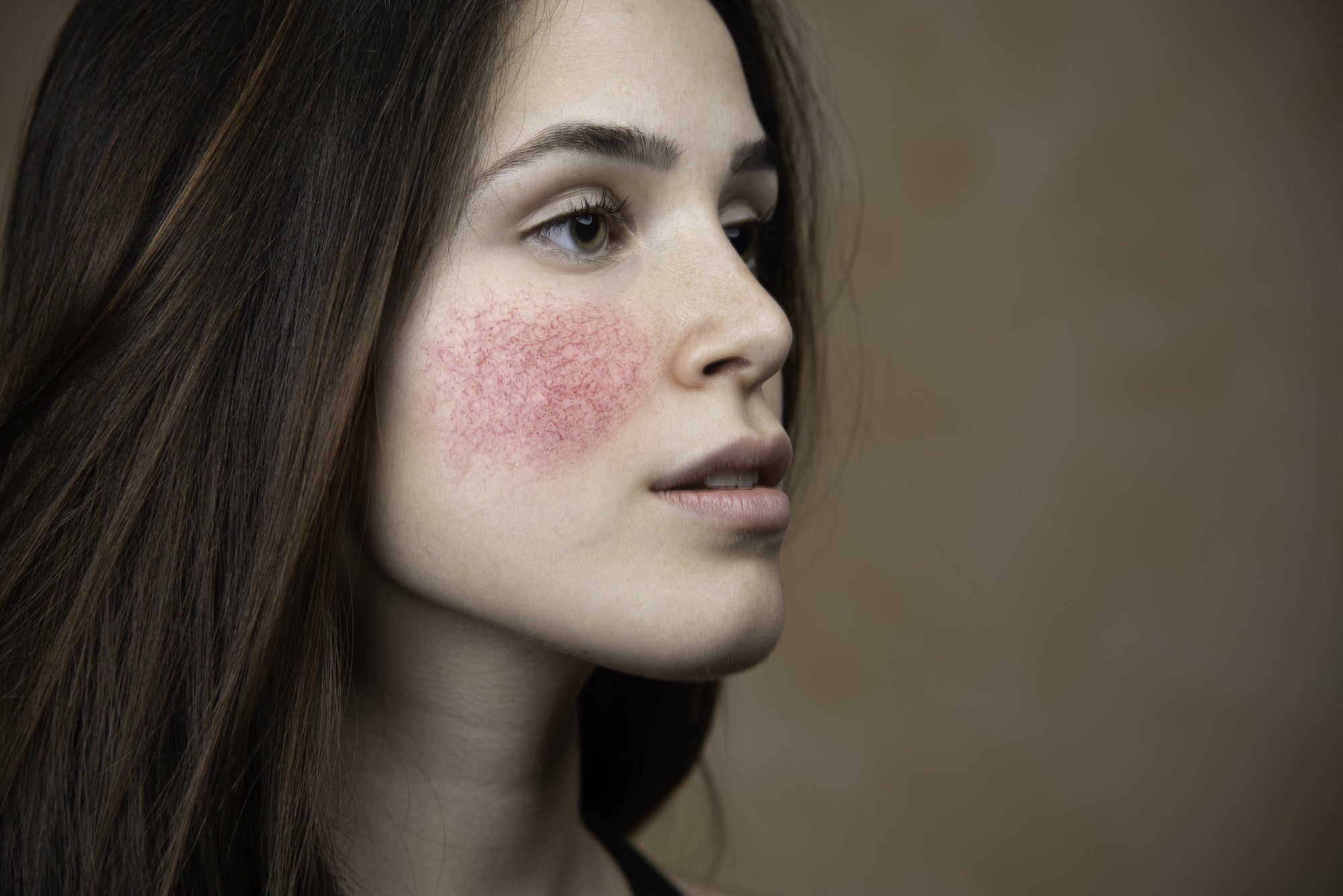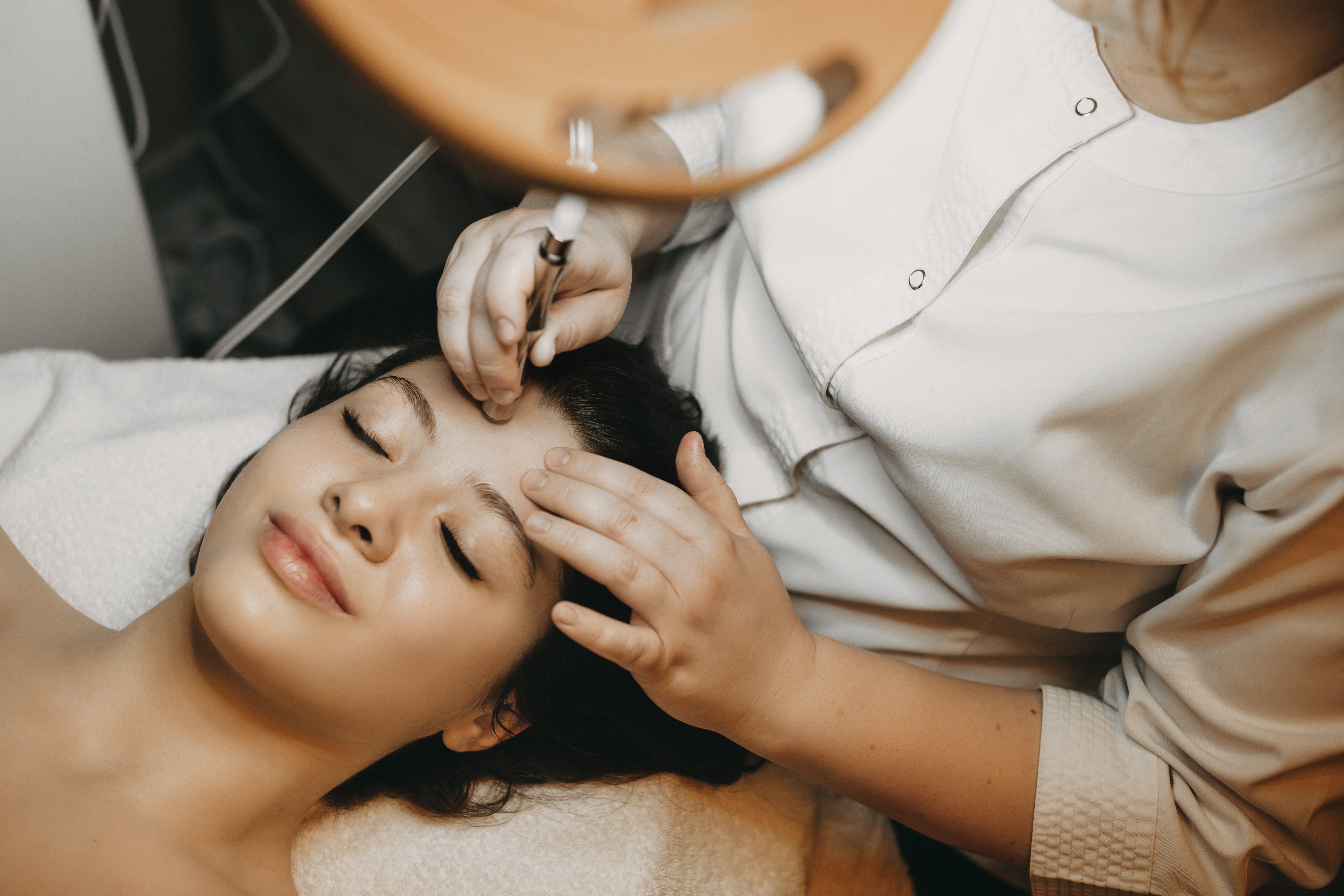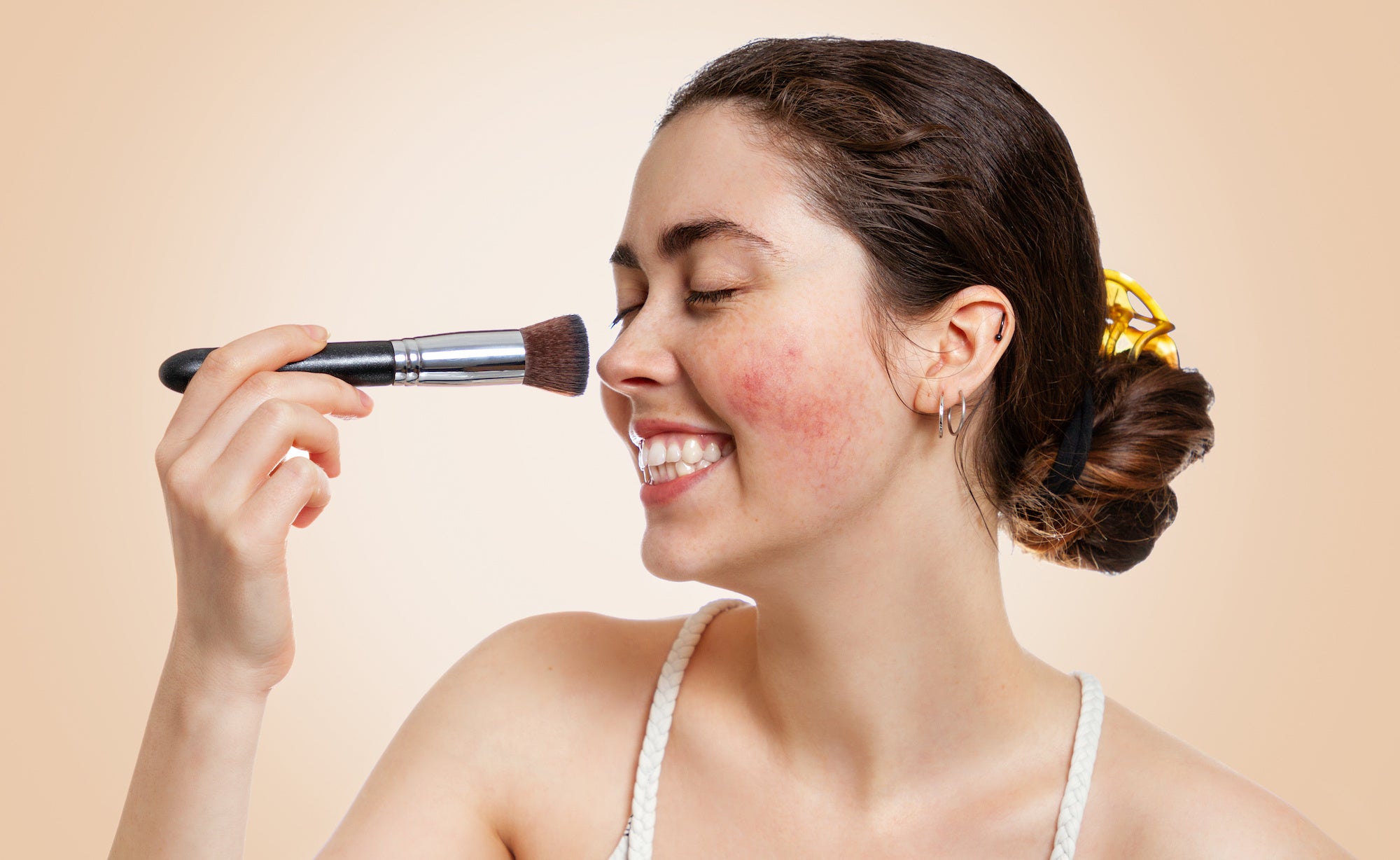
Rosacea Treatment Options From a Dermatologist
Rosacea affects your skin, but can also lower your self-esteem. Rosacea is associated with constant redness, acne-like breakouts, and can even cause redness in your eyes. Those with rosacea may feel ashamed of these symptoms. Many research studies have shown that when rosacea lasts for years, it can lead to mental health issues such as anxiety, depression, and isolation.
This chronic condition can be lessened in severity with the help of dermatologists, but prompt treatment is key. The earlier you start treating rosacea, the easier it is to manage. Treatment can prevent rosacea from getting worse and help you feel more comfortable in your own skin so you can have a better quality of life.
Without treatment for rosacea, it can become more noticeable. Redness and flushing can become permanent and spider veins can appear on your cheeks.
Get help from a board-certified dermatologist for a comprehensive treatment plan. You can visit find-a-derm.aad.org to find a licensed practitioner in your area.
There are different treatment methods available depending on the type of rosacea you have. We have some insights to share but remember, your dermatologist is the best resource for information on your particular situation.
What Causes Rosacea?
Experts are unsure exactly what causes rosacea, but there are some common factors that may contribute.
The facial flushing and spider veins may be due to abnormalities in the blood vessels in the face.
A skin mite called Demodex folliculorum, which usually causes no problems on those without rosacea populates in increasing numbers on rosacea-prone skin. Bacteria found on these mites are thought to exacerbate rosacea symptoms.
Rosacea can also be caused by a bacteria called Helicobacter pylori. Medical News Today reports that these gut bacteria stimulate the production of bradykinin, a small polypeptide that causes blood vessels to dilate. Experts suggest that this bacterium may play a role in the development of rosacea.

Here are some medical treatments and procedures dermatologists use for their patients with rosacea.
Drug Therapy
Your doctor may prescribe you a topical or oral medication to help treat your rosacea. The type of drug depends on the symptoms you are experiencing and it may take a few tries to get your medication right.
Topical drugs work to reduce redness and inflammation in the skin. Some medications reduce redness by constricting blood vessels. Creams or gels can also help with papules and pustules, the inflammatory lesions common in rosacea-prone skin.
Oral antibiotics are sometimes prescribed for ocular rosacea.
Skincare & Cosmetics
Rosacea-prone skin is often highly sensitive and can be irritated from ingredients in skincare and cosmetics. Your dermatologist will recommend maintaining the integrity of your skin's barrier while avoiding products that cause flushing or irritation.
If you have papulopustular rosacea, commonly associated with whiteheads, red, swollen bumps, and facial redness, ask your dermatologist if the Oxygenetix Acne Control line is right for you. Having severe papulopustular rosacea can cause large outbreaks of blemishes that take a long time to heal. Oxygenetix Acne Control products are designed to gently unclog pores while treating bacteria with Salicylic Acid.
Salicylic Acid is a safe, natural exfoliator that disinfects deep within the dermis, killing bacteria that creates acne.
Oxygenetix Chief Chemist Dr. Schep explains, “Salicylic acid is also an anti-inflammatory agent, creating a double effect. If your skin is in inflammatory mode, your skin will tend to be more susceptible to redness and swelling. When skin is not inflamed, it has less of a drastic response to bacteria.”
Your inflamed skin will find comfort with Acne Control Hydro-Matrix, a powerful hydrator that calms redness. Then you can apply Acne Control Foundation to help conceal rosacea and blemishes while offering additional support.

Learn more about choosing skincare and cosmetics for rosacea prone skin on our blog: How to Choose Rosacea Safe Skincare & Cosmetics.
Laser and Light Therapy
Jessica Thomas tried laser therapy with the Vbeam Perfecta, a pulsed-dye laser for her rosacea. She writes in a Bustle article that, "Laser treatment does its best work if you're consistent about getting treatments, but even one experience proved to me that laser treatment is a legit solution for rosacea."
If rosacea has caused visible blood vessels (telangiectasia), thickening skin (phymatous rosacea), or chronic redness (erythema) a dermatologist may use laser or light therapy as treatment.
Using laser therapy has shown great results for telangiectasia. In fact, most patients see a 50% to 75% reduction in visible blood vessels after 1 to 3 treatments. Some people even see a 100% reduction.
Limited studies have suggested that laser therapy may reduce erythema and flushing.
For skin that has become thickened from rosacea, ongoing laser or light therapy is usually recommended as upkeep.
A board-certified dermatologist can tell you whether a laser or light treatment may help treat your rosacea.

Using Oxygenetix Post-Treatment
If your dermatologist finds laser or light treatment is right for you, taking care of your skin afterwards is important to prevent scarring and irritation.
You may experience temporary redness or a rash of purple or red spots. These should clear in a week or two. In the meantime, you can use Oxygenetix Oxygenating Foundation to conceal these side effects. Oxygenating Foundation will help promote your skin's renewal while safely giving you the coverage you want.

When Jessica Thomas got laser for her rosacea, she was comforted knowing "there would be basically no downtime after my treatment. Shafer Plastic Surgery carries Oxygenetix. Its breathable formula contains aloe vera and Ceravitae®, which help stop post-laser treatment skin from becoming red and inflamed. At the same time, the foundation helps cover any residual redness from the treatment, which means you can go about your day normally after your procedure is over."
Apply Oxygenetix Hydro-Matrix first to prime and hydrate the skin, protecting your delicate moisture barrier. Then use a clean sponge to gently tap the foundation onto the desired areas of your face. Apply more layers as needed for more coverage.
You can use Oxygenetix Oxygenating products everyday to calm and protect your sensitive skin. If your dermatologist finds that Oxygenetix Acne Control with Salicylic Acid will work best for your type of rosacea, consult them before incorporating them into your post-care treatment. It is best to use the original formulation until you recover from laser therapies.

Avoiding Triggers
Your dermatologist can also help you figure out what triggers bring on the signs and symptoms of rosacea for you.
Everyone has different triggers, but some of the most common include sun exposure, emotional stress, hot or cold weather, wind, heavy exercise, alcohol consumption, hot baths, spicy foods, humidity, indoor heat, certain skin care products, heated beverages, certain cosmetics, medications, medical conditions, and certain foods.
In unscientific surveys of patients with rosacea who identified and avoided their personal rosacea triggers, more than 90% reported that their condition had improved in varying degrees.
#RosaceaAwareness
You are not alone in your struggles with rosacea. There are some great resources available for education and awareness such as rosacea.org.
April is rosacea awareness month where we strive to bring attention to this common, chronic skin condition so more people get the emotional support and treatment they need. Share your story of hope or experience with rosacea using the hashtag #RosaceaAwareness.
Sources:



Dejar un comentario
Este sitio está protegido por hCaptcha y se aplican la Política de privacidad de hCaptcha y los Términos del servicio.